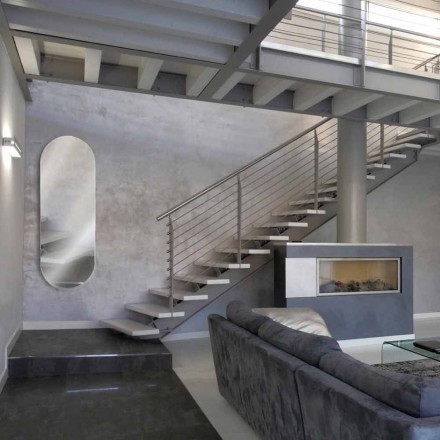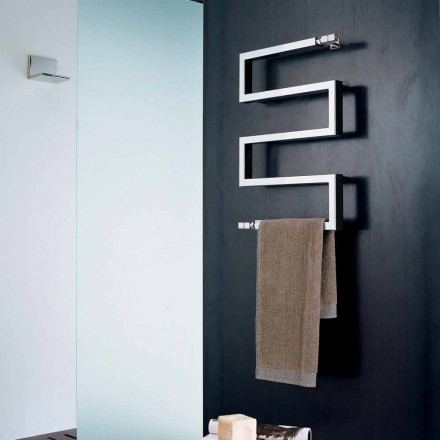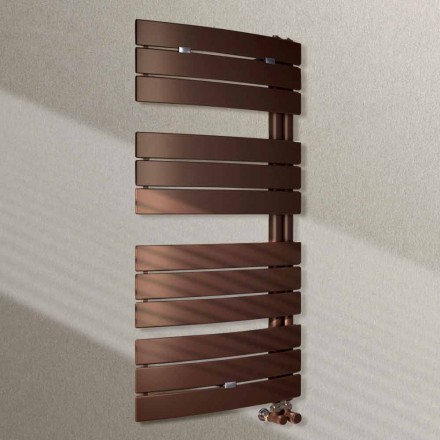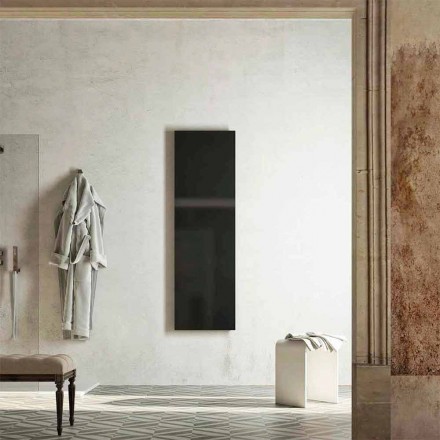Discover our products
Customer service Tel. +390541623760 - Email info@viadurini.co.uk
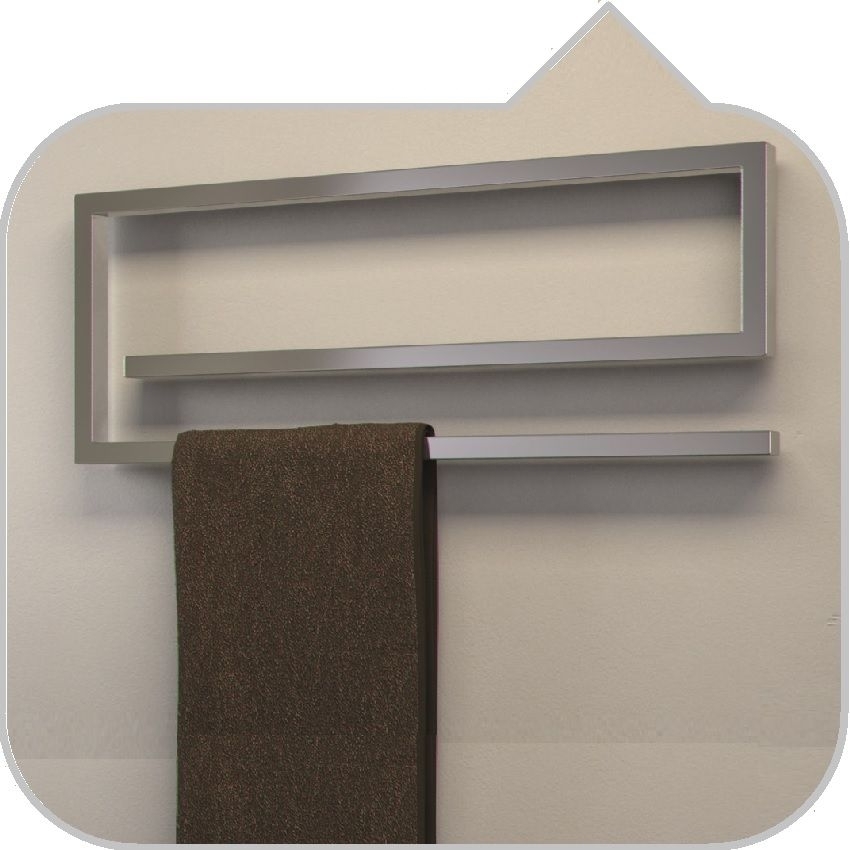 This is the best time to choose to renew your heating system at home, replace the now outdated radiators and replace them with something that is now becoming more and more popular in Europe, the heated towel rails and electric or hydraulic radiators.
This is the best time to choose to renew your heating system at home, replace the now outdated radiators and replace them with something that is now becoming more and more popular in Europe, the heated towel rails and electric or hydraulic radiators. The best companies and the most specialized designers and architects try their hand year after year in the creation of increasingly innovative and original heating solutions that border on the concept of works of art. Viadurini, E-Commerce specialized in the selection of heated towel rails, is the first company to offer the towel warmer in Italy and on the European market.
Among the various needs that may arise during the renovation of an apartment, it emerges that of renovating one's home using decorative elements that are, at the same time, also functional.
The answer is simple, always better in summer. Absolutely the most suitable season to start work. In the summer you will have the undisputed advantage of not suffering from the cold during the renovations and, above all, with the heating system off, working times would be reduced, also saving labor costs.
Measurements are essential when deciding to change your radiator. So we advise you to take the exact measurements of the room where the radiator will be placed.
Since the radiators have different degrees of power, a sort of elemental graph has been created that can immediately make you understand, based on the size of the room, how much power you will need.
In short, it will be necessary to obtain the volume of the room, calculating its surface (width x length) and then multiplying it by the height.
Furthermore, attention must be paid to details: whether or not there are windows (windows, French doors, skylights, etc.). Furthermore, in calculating the thermal power necessary to heat the room, these data are essential to identify the coefficient which will then be multiplied by the volume of the treated room.
Wanting to talk about aesthetics, the radiator is a component of great visual impact thanks to its multiple shapes and lines, so it is recommended in places where it can be admired such as dining rooms, living rooms and bathrooms.
Even for where there are rules to follow preferably; for an optimal yield the best place would be on the walls that give to the outside of the house if there are so as to reduce the flows of cold air that penetrate the house, thus guaranteeing a better yield.
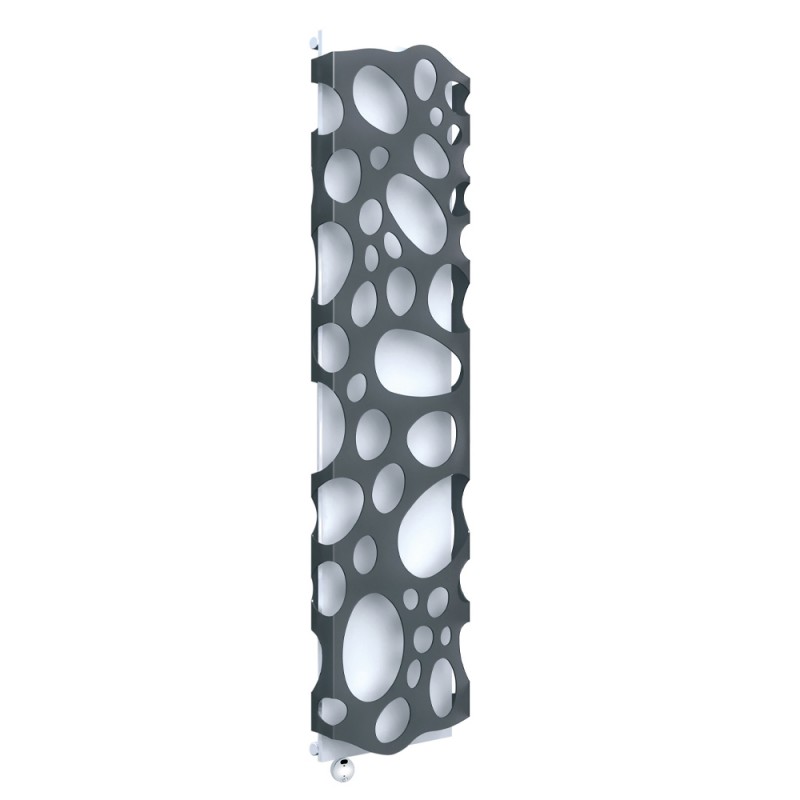 Tip 5 - Which radiator to choose?
Tip 5 - Which radiator to choose?For this question there is no exact answer since every situation should be analyzed but we can give advice in general.
The versions on the market are many but the most common are:
tubular radiator
plate radiator
heated towel rail with cover.
When it is necessary to have a lot of power, modular radiators (tubular or similar) are suitable for better use, because thanks to the modularity they have theoretically infinite yields and adapt to the spaces being able to count on the different heights, depths (number of columns) and widths (number of elements).
If, on the other hand, you have little space, you should opt for a plate model, which per unit of surface have a higher yield. Finally, if you want to give an aesthetic addition to the plate, you can choose those that have a specially designed cover.
In all 3 versions the radiator gives the best and there is no real category that wins over the other. Each one adapts to specific needs.
Being able to choose, it is ideal to opt for a radiator with mixed operation, that is, one that works both with water and in electric mode. Mixed has the advantage of being very versatile, especially in intermediate seasons, where with the central heating system off, you can choose to heat (electrically) the rooms in the house that remain colder, such as the bathroom. Furthermore, in well-insulated homes, excellent thermal comfort can be obtained with minimal energy expenditure.
In the case of plumbers, the connections will hardly be the same as the old radiator as often the shapes of the radiators are varied and unusual. For this reason, it is essential to know spaces and sizes during the renovation phase, while for the electric versions it is necessary to plan to insert an appropriate power socket.
The main materials are mainly 3:
Whatever the choice of radiator, it will be essential to ask for the support of professionals who will assemble the radiators in a clean way. You will need to contact a plumber, for the connection of the pipes and the passage of hot water inside the radiators. Its intervention will be necessary if the boiler technology or the thermo fireplace technology is adopted, even more so if it is necessary to change the pipes by adopting the latest generation materials. In cases where electric radiators are chosen, they will be equipped with a plug to be inserted in the appropriate outlets. The infrared radiators, despite using electricity, are equipped with safety systems in accordance with the law, which allow them to be placed even in bathrooms, near sinks or bathtubs.
Bonus Tip: Click here to visit our exclusive radiator choices.

